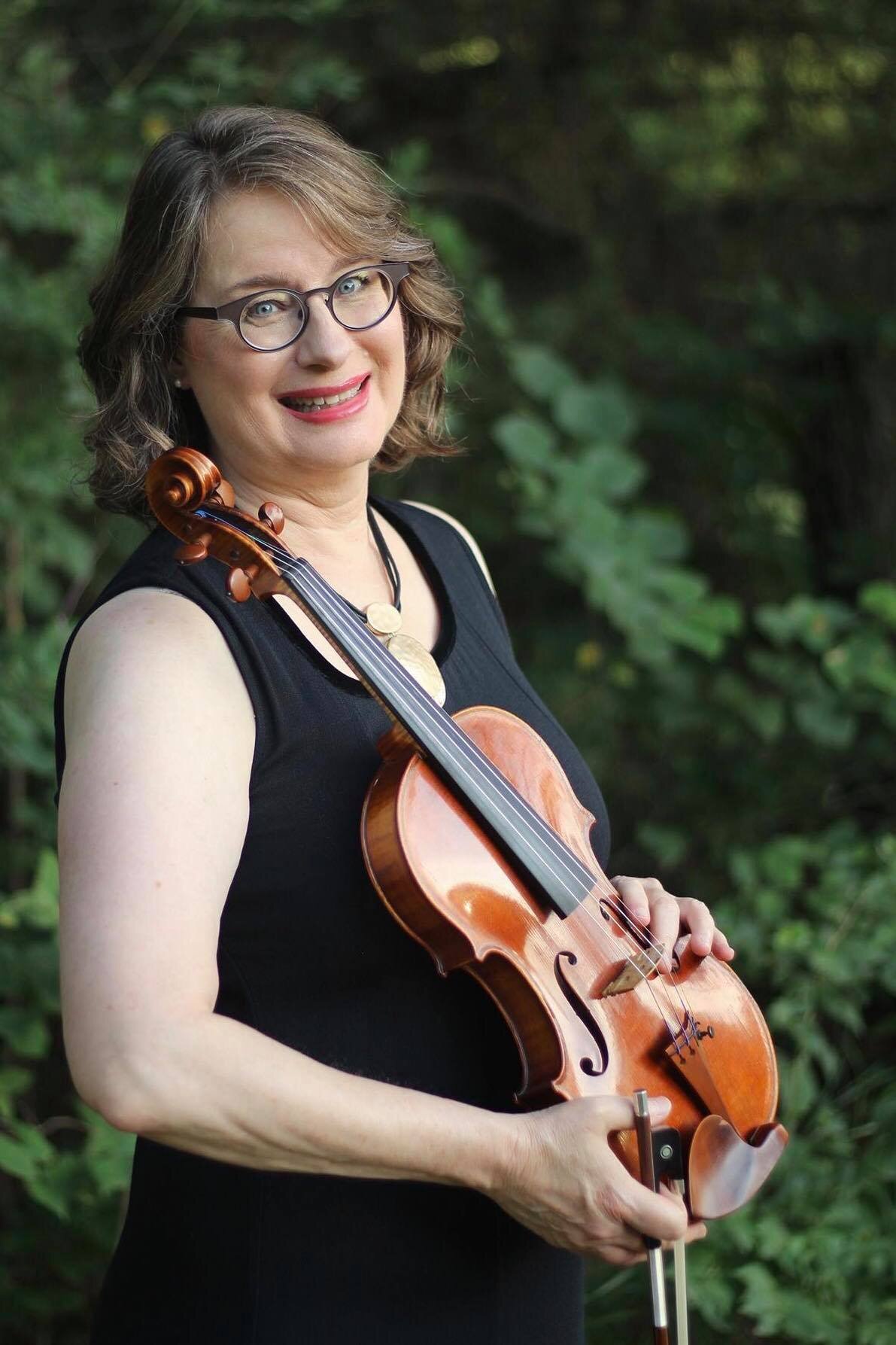
the
world sonata projectS
(2020)
A precursor to the Conservation Concertos, these pieces were commissioned by musicians around the world and written about a natural material used to make the instrument or an animal closely associated with the instrument, mostly focusing on endangered species, so that we as artists may help our communities focus on gratitude and pay homage to the things we have gleaned from our wilderness and learned how to make music from. These works include Songbird for flute + piano, Pearl for violin + piano, Cedar for cello + piano, and Ebony for solo guitar.

World Sonata Project 2020
Cedar
for cello + piano

World Sonata Project 2020
songbird
for Flute + piano

world sonata project 2020
pearl
for violin + piano

World Sonata Project 2020
ebony
for solo Guitar
CATHERINE RINDERKNECHT-MORITZ iowa
LUCY YOUNG
michigan
ROBERT WILSON
idaho
cora cooper
kansas
kurt nikkanen
GREECE
katharina giegling
germany
madeline adkins
UTAH
linnaea brophy
tennessee
Joshua Devries
MICHIGAN
alan toda-ambaras
japan
jamie clark
FLORIDA
kate dillingham
CALIFORNIA
DUO970
FRANCE
BROOK FERGUSON
COLORADO
GABY VARGAS
ILLINOIS
ISABELLA WARK
british columbia
JAMIE MONCK
KENTUCKY
AARON-LARGET CAPLAN
MASSACHUSETTS
BRAD RAU
PENNSYLVANIA
PROGRAM NOTE.
“Nostrorbis” is a putting-together of the latin words for “our” and “world”, and indeed for this piece commissioned by violinists from all over the world, I wanted a title that would show what our project is attempting to do (is doing!) in one of our world’s oldest languages.
Each movement is inspired by a continent and its folk music, and the movement titles borrow from cities (or ports, in the case of Antarctica) within those continents. The first movement is akin to a fantasia, the second is inspired by one of the mesmerizing rhythms in Ghanaian traditional music, the third movement is an elegy inspired by Mexico’s acknowledgement of those who went before us in their Day of the Dead and is dedicated to all those who perished and suffered unnecessarily in the early days of the United States as it is now. The fourth movement is a dance seeking to capture the tropical beauty of those southern lands, the fifth movement is a cold meditation telling of the slow and solitary nature of our south pole. The sixth movement is a lullaby, dedicated to songs that kept languages alive in the most terrifying of times, and the seventh movement is inspired by the body-humming timbre of the didgeridoo and calls out to all listening to seek peace and love in their interactions with all fellow humanity.
My deep thanks to each of the violinists who are helping to shape this piece; we’re doing something big and beautiful here: helping the world feel a little smaller and making some music along the way.


















